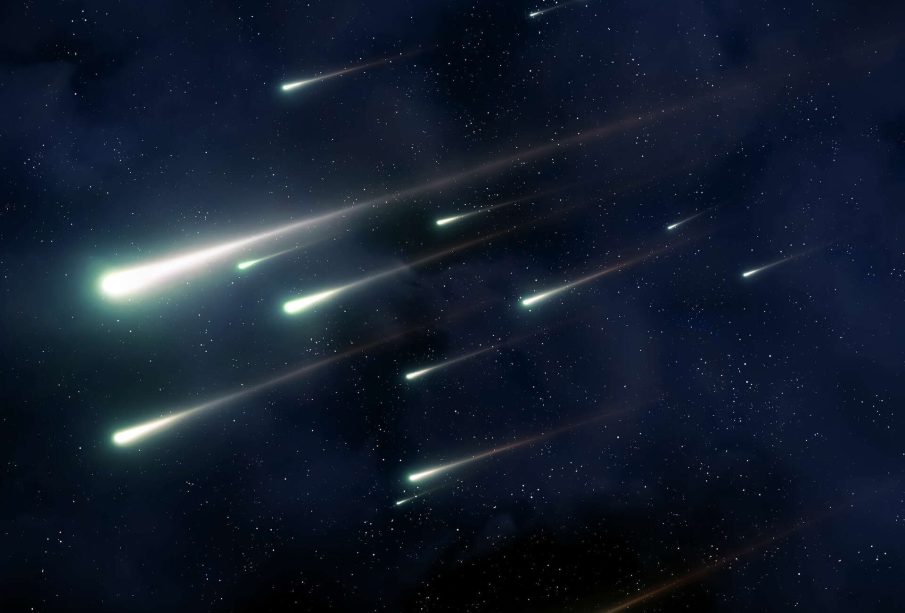Exploring the Leonid Meteor Showers: A Celestial Spectacle

Introduction to the Leonid Meteor Showers
The Leonid Meteor Showers are one of the most anticipated celestial events each year, drawing the interest of astronomers and stargazers alike. Occurring annually in November, this meteor shower is famous for its high-speed meteors that can exceed speeds of 70 miles per second while burning up in the Earth’s atmosphere. The relevance of this event extends beyond mere aesthetics; it offers insight into the workings of our solar system and the debris left by comet Temple-Tuttle, which is the source of the Leonids.
What to Expect from this Year’s Leonids
This year, the peak of the Leonid Meteor Showers is expected to take place on the night of November 17 into the early hours of November 18. Under optimal conditions, skywatchers can witness up to 15 meteors per hour. However, light pollution, cloud cover, and the moon phase can significantly affect visibility. Astronomers recommend finding a dark location away from city lights for the best viewing experience.
Historically, the Leonids are known for their extraordinary outbursts, with some years featuring thousands of meteors per hour. The most notable of these events occurred in 1833 and 1966, which showcased spectacular displays, captivating both the public and scientific community. These historical records help predict future Leonid activity.
Scientific Significance
The Leonid Meteor Shower offers more than just a beautiful night sky. It also provides valuable data for scientists. Each meteor is a tiny piece of the remnants left by comet Temple-Tuttle, allowing researchers to study the composition of these cosmic fragments. By analysing the brighter meteors, scientists gain insight into the materials that make up comets and the phenomena associated with them, which can shed light on the formation of our solar system.
How to Prepare for the Leonid Display
To fully enjoy the Leonid Meteor Shower, enthusiasts should prepare accordingly. It is advisable to bring blankets or lounges for comfort, along with snacks and drinks. Dress warmly as November nights can be chilly in many parts of the UK. Additionally, using a star map or star-gazing app can help identify constellations associated with the meteor shower, making the viewing experience more educational and engaging.
Conclusion: The Celestial Experience
The Leonid Meteor Showers not only present an extraordinary visual experience but also play a crucial role in our understanding of astrophysics and the universe. As this year’s peak approaches, enthusiasts and casual observers alike are reminded to take the opportunity to witness a remarkable display of nature and engage with the wonders of the universe. Stargazing during the Leonids is more than just watching meteors; it is a celebration of the celestial occurrences that connect us with the cosmos.









